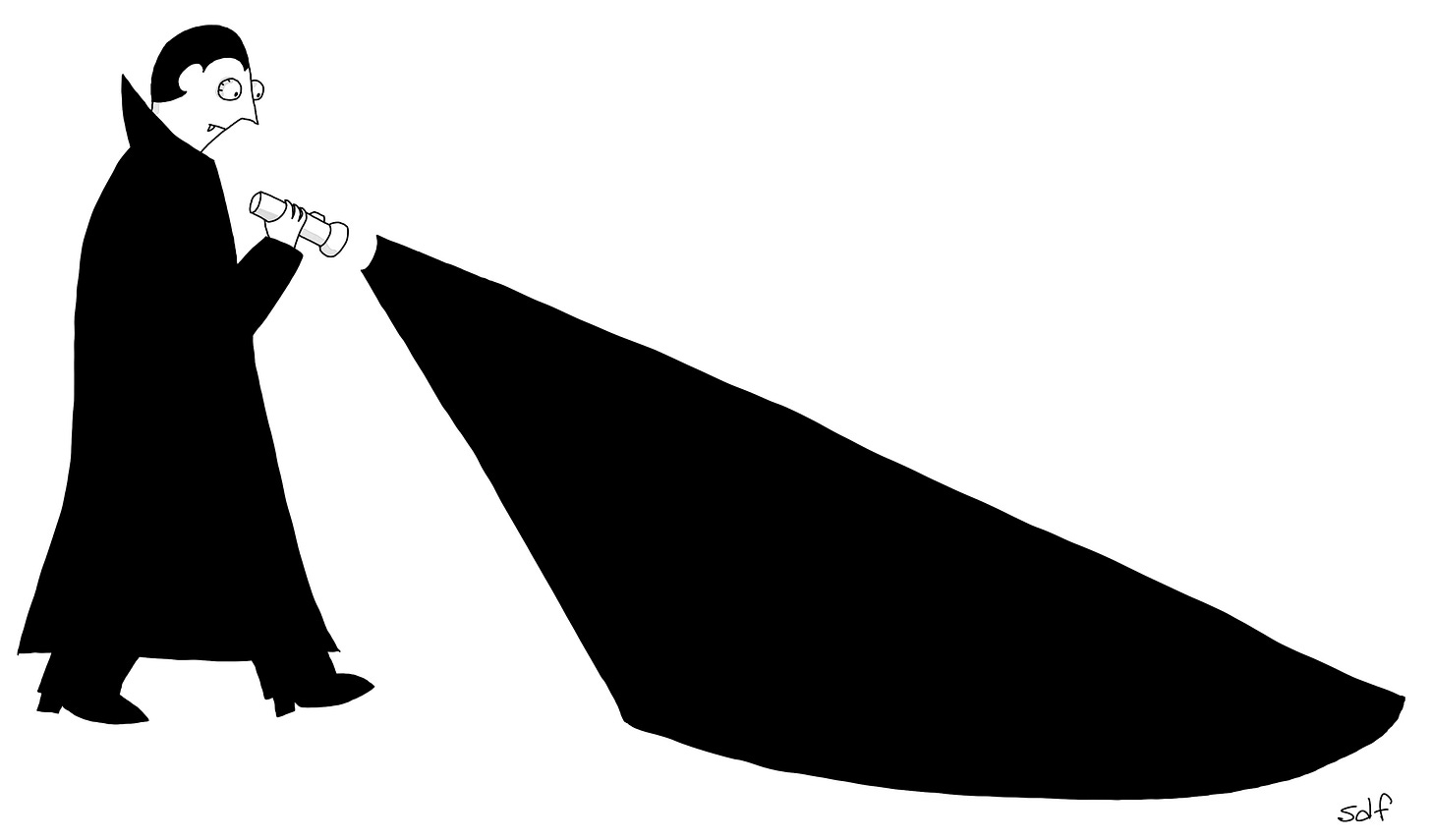YouTube Overstates its Viewing Numbers. Why? How Prevalent Is This In Today's Fragmented Media Marketplace?
Today's article is authored by Brian Jacobs (brian@bjanda.com), one of the UK's best-known media executives / analysts, co-founder of the Who Cares? movement and advocate for truth and transparency.
Credit: Seth Fleishman, The New Yorker, The Cartoon Bank
I Don’t Believe It
By Brian Jacobs
Victor Meldrew is a fictional cantankerous character in the BBC sitcom, ‘One Foot in the Grave’, played by Richard Wilson, whose catchphrase is often misquoted as ‘I simply don’t believe it’ (the word ‘simply’ is simply incorrect).
Fake news is (according to Wikipedia) ‘false or misleading information … often (with) the aim of making money through advertising revenue’.
YouTube is (again, according to Wikipedia) ‘a social media and online video sharing platform’.
TV is a source of entertainment in large part funded by advertising. TV advertising has been described as the most powerful form of advertising so far invented. As such it attracts large budgets.
Last week a couple of interested and, you must understand entirely unrelated events occurred.
In no particular order, BARB (“the industry’s gold standard for understanding what people watch”) released data collected from its service on viewing YouTube. Justin Lebbon’s piece on The Media Leader (TML) is a useful summary of the data. Two important findings are that the Top 200 YouTube channels account for 0.3% of total viewing; and that the key demographic driving YouTube viewing on TV sets is very young children.
The second event, naturally unrelated to the first one, is that YouTube cancelled its BARB subscription, although this does not mean that BARB will stop reporting on viewing to YouTube.
As background mood music we have YouTube’s CEO, Neal Mohan, declaring in Cannes that his platform is ‘the future of TV’ and delivers on average over 200 billion views each day. (“Today, I’m excited to share a new milestone: YouTube Shorts are now averaging over 200 billion daily views!”)
If the world’s population is 8 billion, that means everyone on the planet views 25 YouTube short videos every day.
In parenthesis, YouTube has also (rather quietly) changed the definition of a ‘view’ to cover every time a video appears on screen, whether it’s actually, well, viewed or not.
In his ‘Media Leader’ piece (TML is doing a good job consolidating its position as the must-read channel for media opinion), Omar Oakes makes the point that this is equivalent to his being exposed to an OOH site in Piccadilly Circus for so-many minutes as he was technically within 50 meters of the site, even if he was on the Piccadilly tube line stopping at Piccadilly Circus station at the time.
What must advertisers make of these shenanigans? Let’s recap.
YouTube is ‘viewed’ 200 billion times a day; 25 views per day for everyone on the planet?
Take-out: YouTube is very big, easiest the biggest ‘TV’ channel (if this were true).
YouTube accounts for 0.3% of viewing on TV sets in the UK.
Take-out: YouTube as a TV channel is insignificant!
YouTube doesn’t want to support independent, industry-accepted measurement of TV viewing, presumably because the industry’s numbers disagree with its particular world view.
Take-out: YouTube doesn’t like to be questioned.
Now, I’m not as green as I’m cabbage-looking. I know perfectly well that YouTube, as measured by BARB is nothing like the totality of the channel.
I also know that most viewing on YouTube is on screens other than static TV screens.
I use YouTube myself, as I’m sure do you. I also think (as do the other 8 billion on the planet, and I know because … I just do) the way they display ads sucks.
My unique take-out (unique because I’m writing on social media and I’m the only person ever to have had the thought) is that YouTube is a wonderful social media platform. It’s not TV and pretending it is is silly.
My next unique take-out is that advertisers are a) not idiots and b) don’t have time to dissect the issues surrounding audience measurement as it relates to YouTube.
My final unique take-out is that as we are not idiots we are able to distinguish between something that’s TV and something that isn’t. Not being TV doesn’t make you somehow worthless as an advertising medium; in fact, not being TV allows you to come up with a measurement approach appropriate to your particular strengths as a medium.
To avoid the Victor Meldrew trap it’s an idea to come up with an approach that is sensible, is shared with, endorsed by and is acceptable to buyers. And above all is believable.
Pretending to be something you’re not has consequences, you join a club with certain rules, one of which concerns measurement.
Shouting about 200 billion views is noise. Fake news; fake numbers.



Strikes me that YT is doing a masterful job of selective measurement; using a metric that includes Shorts mobile viewing for reach, then pitching it to the long form TV market for yield...